Gregor Rasp , Thailand Jul 30, 2024
Last Sunday, I participated in a 15-kilometer (about 9.3-mile) trail race—a running event primarily held on forest trails or dirt roads, often featuring significant elevation change. The course included some incredibly steep sections, with climbs reaching up to 35% inclines and a total elevation gain of 640 meters (2100 feet). Given my medical history over the past ten years (read more about it here), this event posed a significant challenge for me. I had never attempted anything this extreme before, and because I wasn't yet fit enough to run, I had to move relatively slowly by power-hiking and speed-walking the entire race. I was concerned about finishing within the 4-hour and 30-minute cut-off time, the maximum allowed to complete the race.
I am training for a 20-kilometer (about 12.4-mile) race in January next year, which will be held on my birthday. Finishing that race on time will be a birthday present to myself. There is still ample time to prepare, and last Sunday’s race was my first trial to assess my current fitness level and the effectiveness of my training.
My race report
It wasn’t easy, but it was easier than I had expected. According to my sports watch, the total measured elevation gain was 640 meters (2100 feet). That, combined with the fact that half of the climbing had to be tackled right from the start with inclines up to 35%, worried me the most because I had never experienced such vertical gain in a single activity before.
My goal was to finish within the cut-off time. I was pretty confident I’d complete the race, though I had no idea how long it would take. I was prepared to be cut off if necessary.
This race was a trial, new territory, and a step up to the next level with distances around 20 km (about 12.4 mi). I wanted to assess my current strengths and weaknesses.
Climbing steep inclines isn’t a problem as long as I manage my intensity (heart rate). Redlining (pushing too far above the lactate threshold) would be disastrous, especially with an early major climb. The downhills were as steep as the ascents, and due to my lack of running fitness, I power-hiked and speed-walked the entire race.
Eating is essential in any event lasting longer than 90 minutes. I came prepared with a large amount of food as if I were embarking on a 100 km (62 mi) self-supported expedition. However, I only ate less than half of what I had brought. I always prefer to have too much food available than not enough. I didn't feel hungry or experienced a drop in energy levels throughout the event.
What insights did I gain from this race?
I need to practice going faster on the more moderate descents and be able to run the runnable sections of the course. These two skills are interconnected. Once I can sustainably run longer sections, my legs will be strong enough to handle the downhills effectively.
Based on my performance and perceived exertion on the climbs, I’d say I have a solid aerobic base. It was enjoyably hard but absolutely doable. I never had to stop due to breathlessness, and I recovered very quickly once the terrain leveled off a bit.
In Conclusion
Surprisingly, I completed the race in 3 hours and 50 minutes, finishing 40 minutes ahead of the cut-off time.
The bottom line is that it was an enjoyably hard and successful event that showed that my training works. Overall, this is very encouraging for my future athletic plans.
Check out this event on Strava! It includes pictures and video clips.
Gregor Rasp
9 months ago
Thanks, @John F. Groom! I am extremely proud of my wife's performance, but I believe she should tell her own story.
John F. Groom
9 months ago
Greg, that is impressive given your medical history. But you forgot to mention that your wife was the number one female in this race! Both very successful outcomes given your very different starting points.
 Login with Google
Login with Google
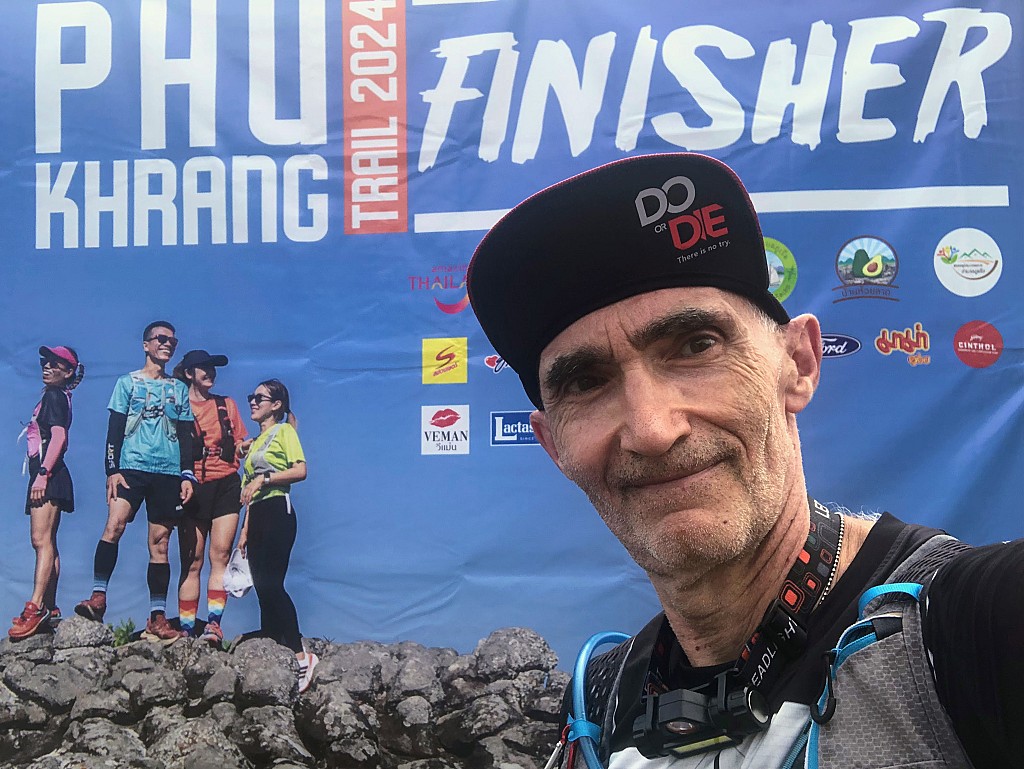
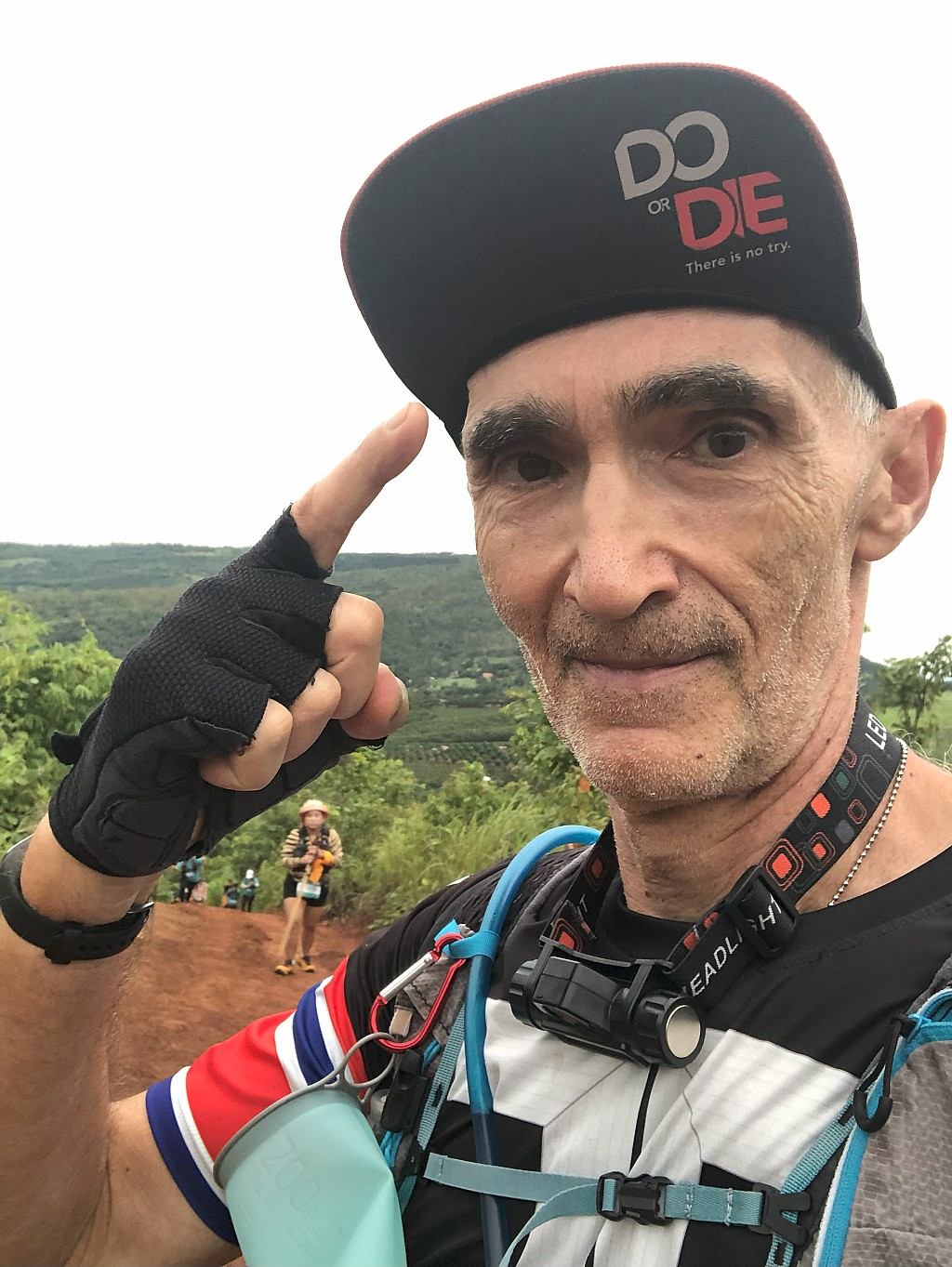
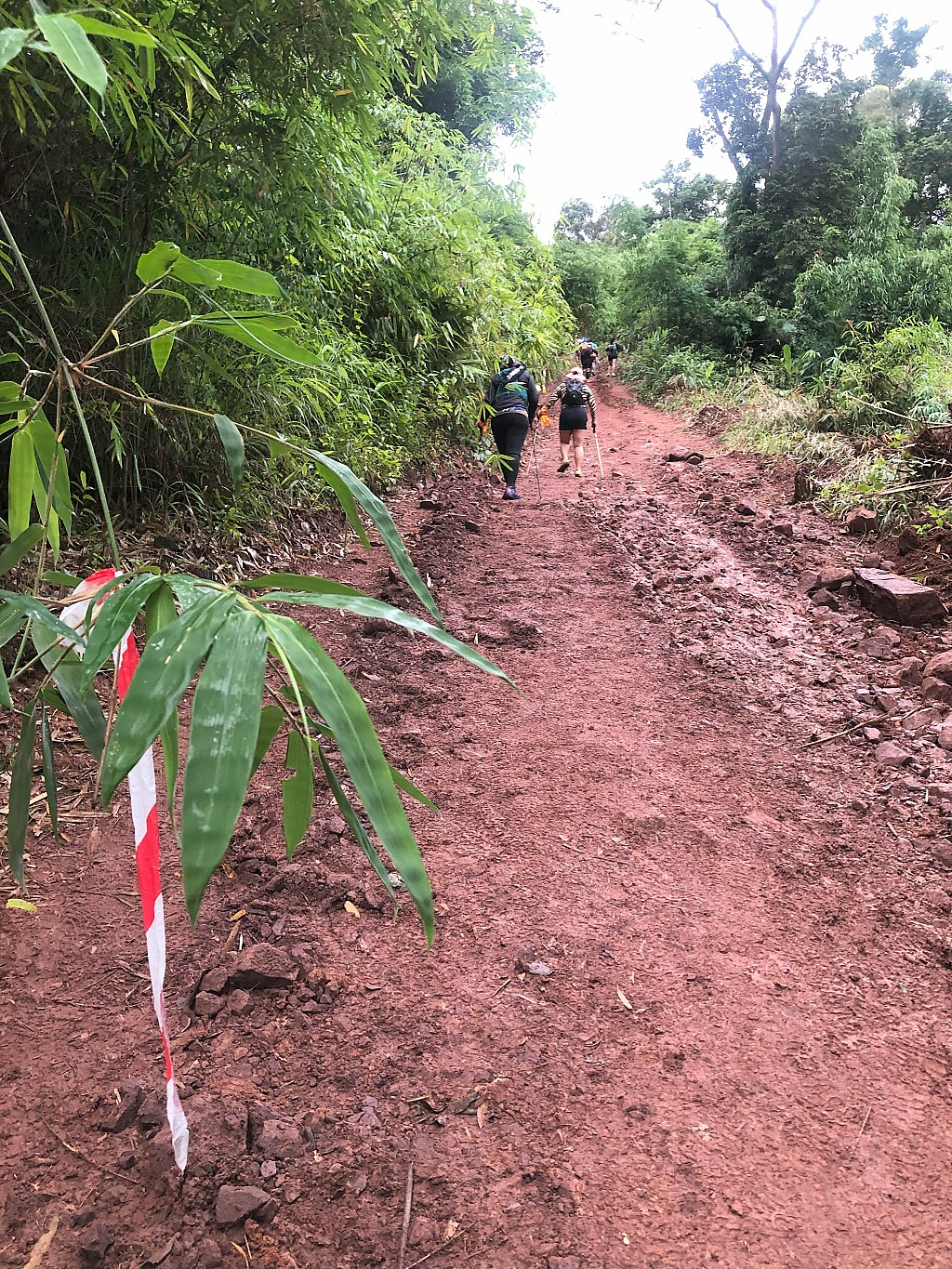
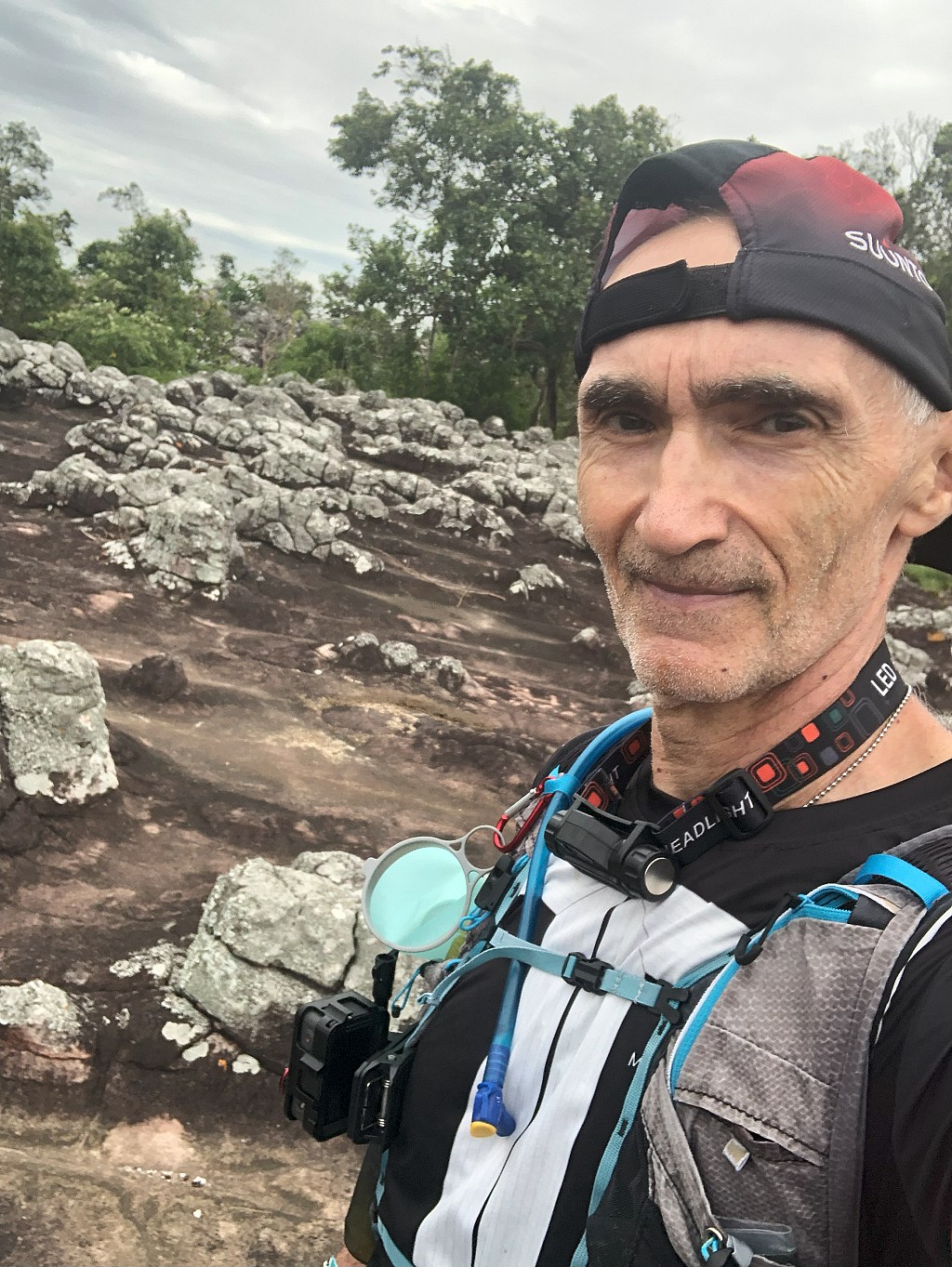
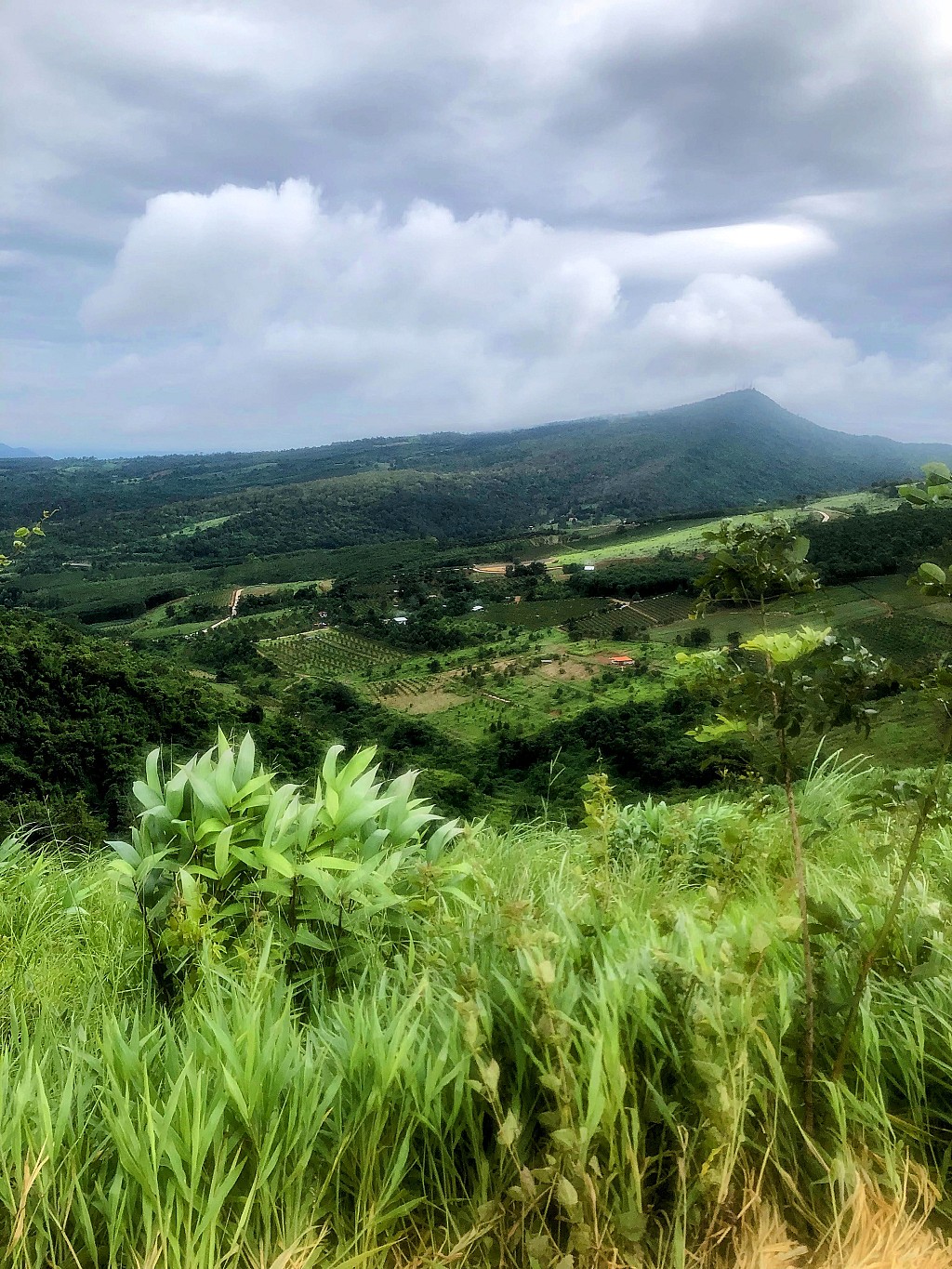
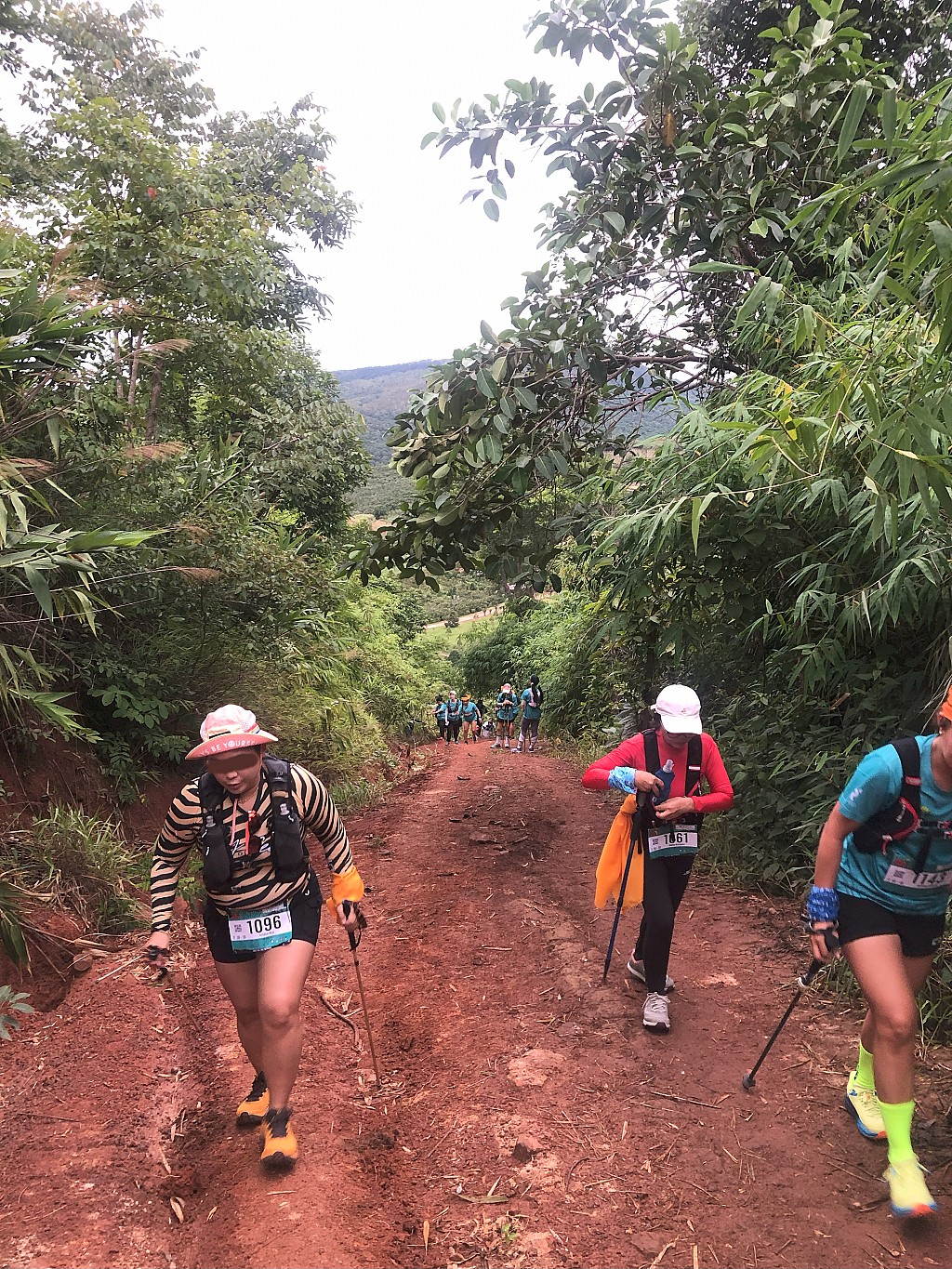
Login to Comment